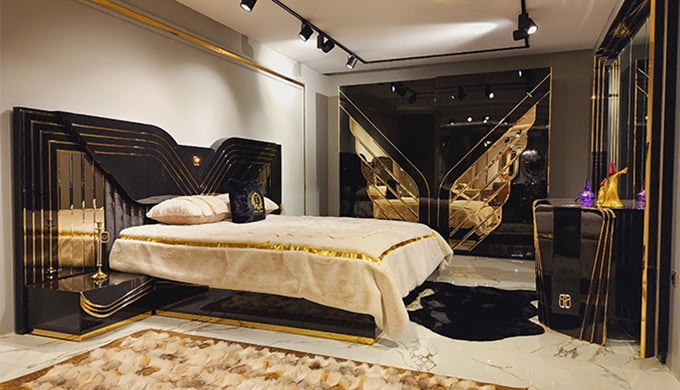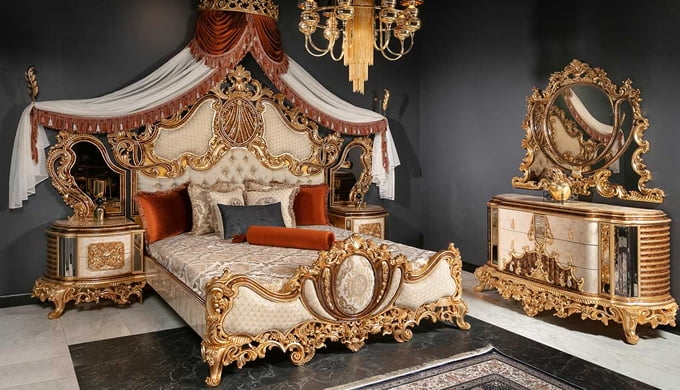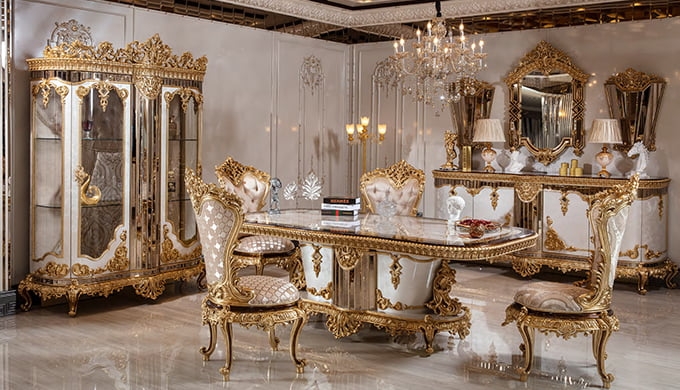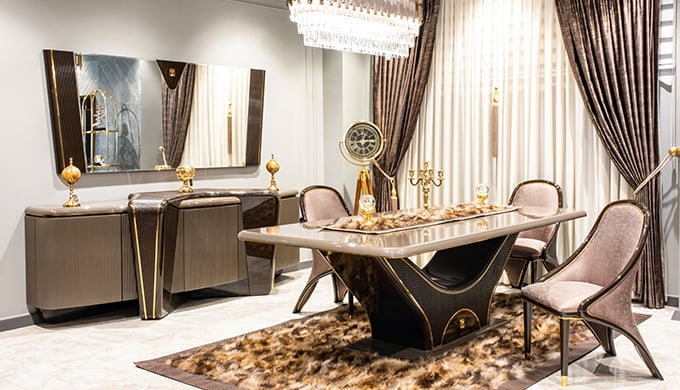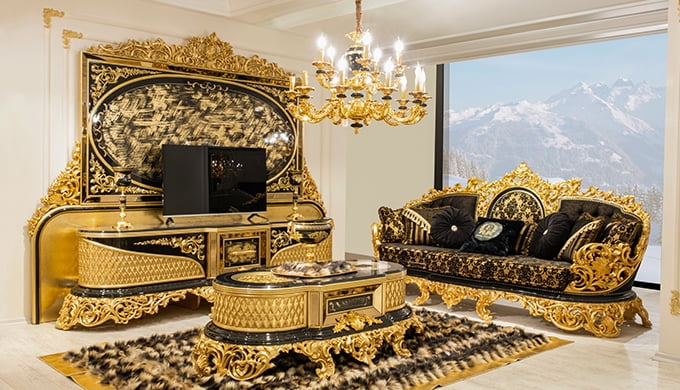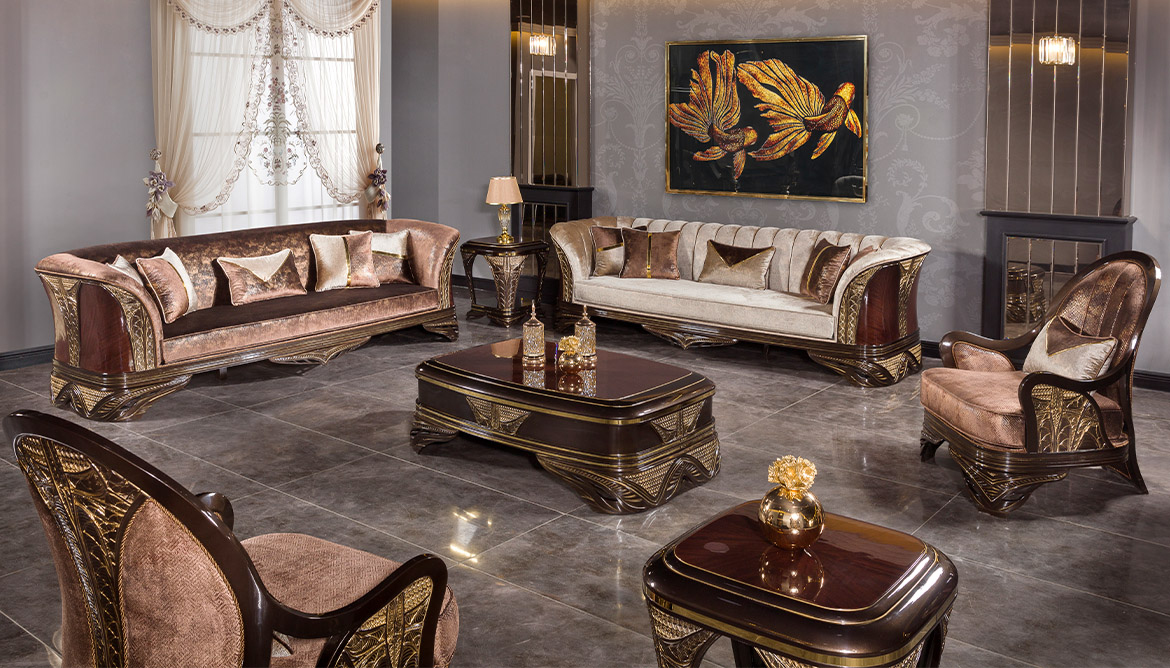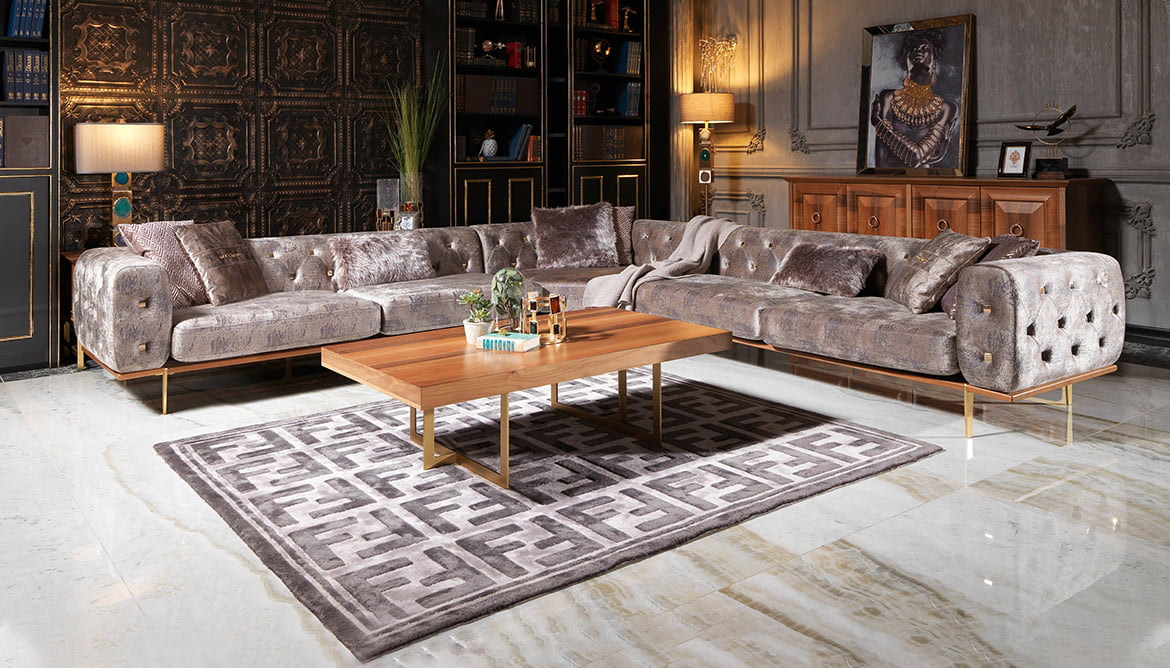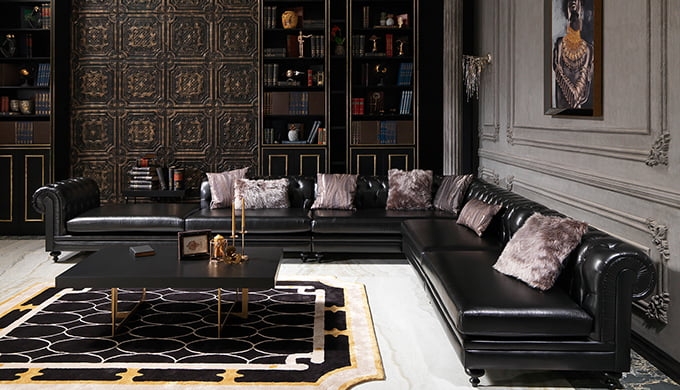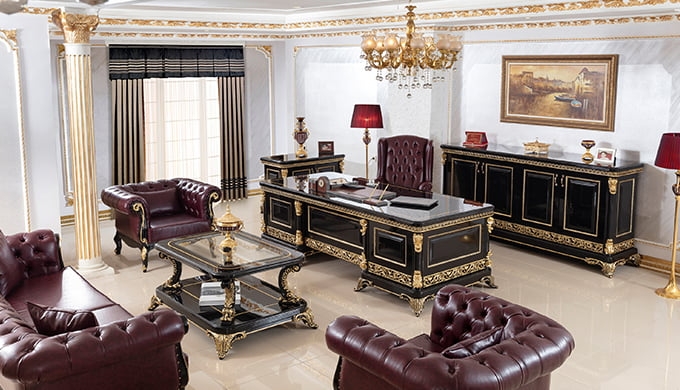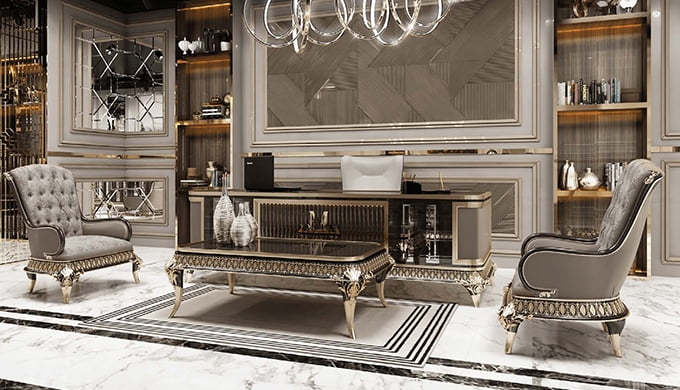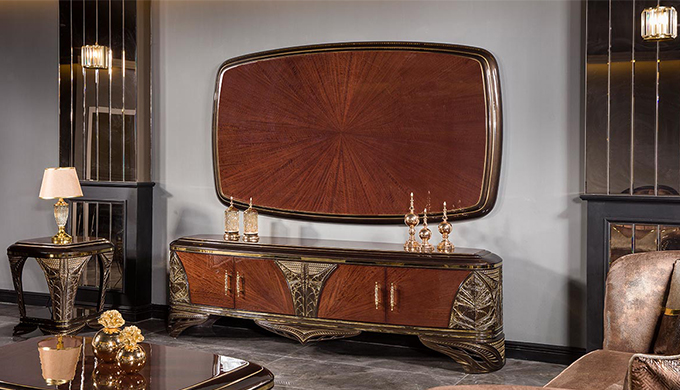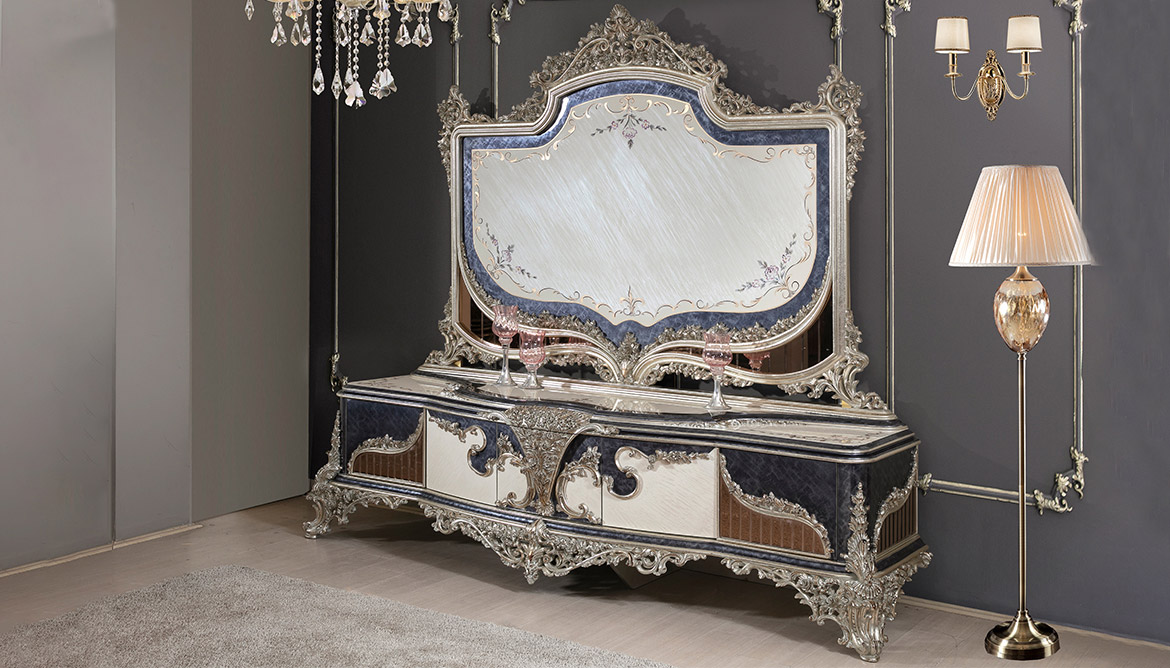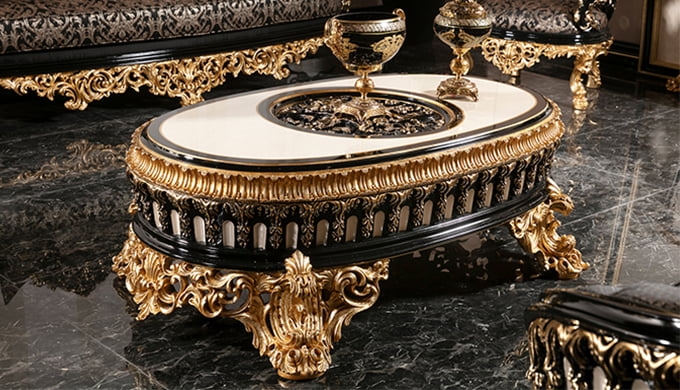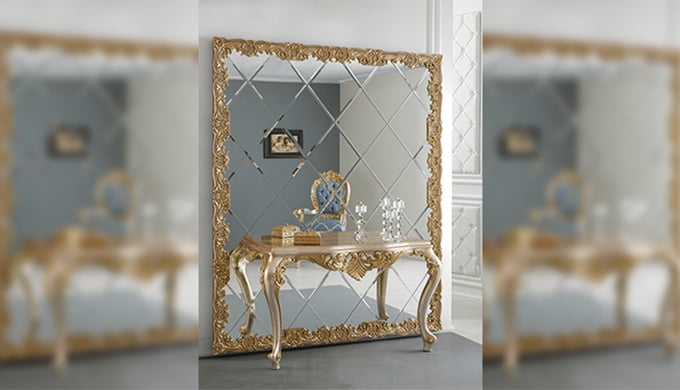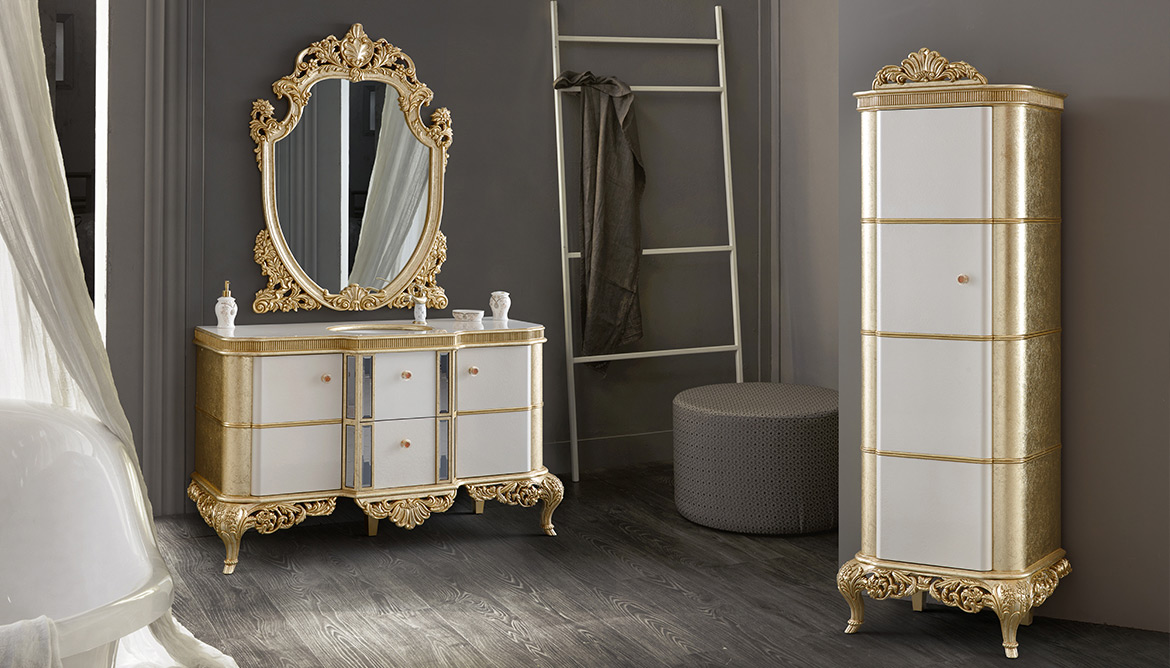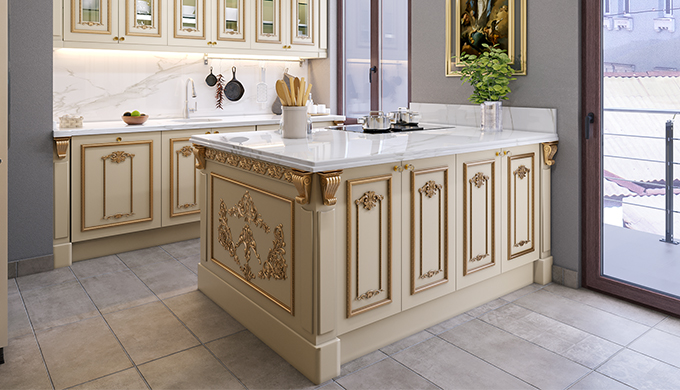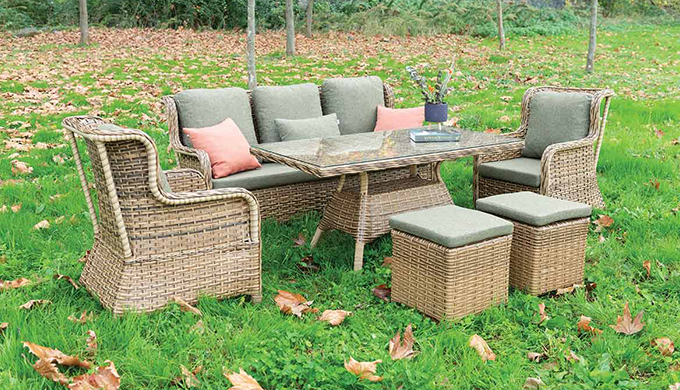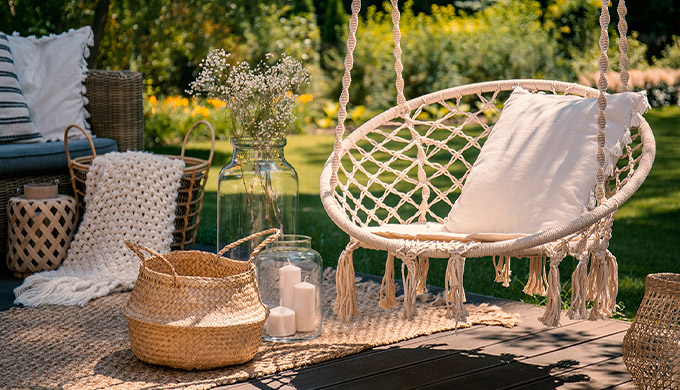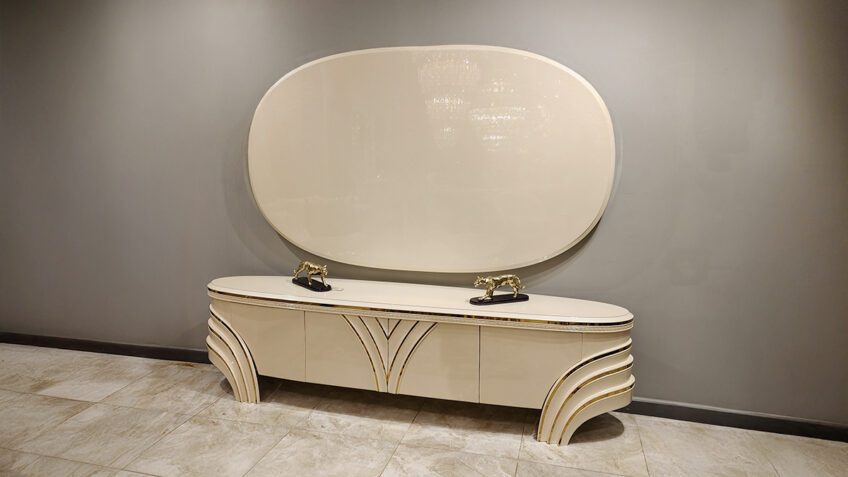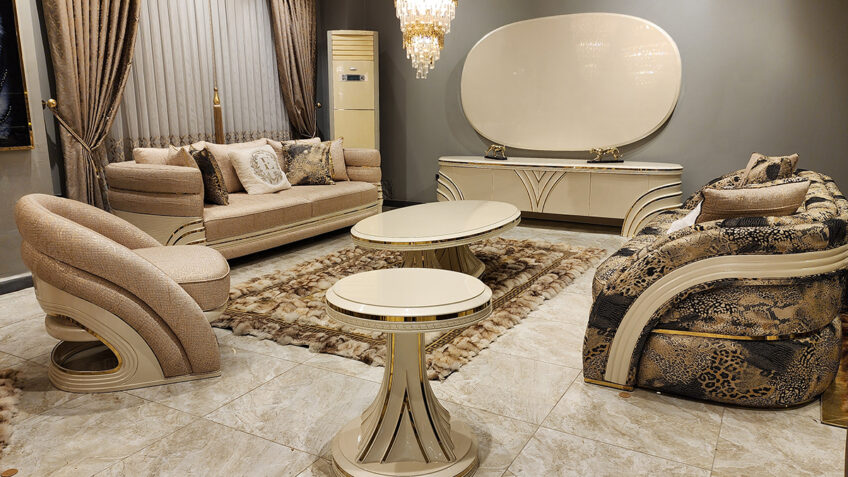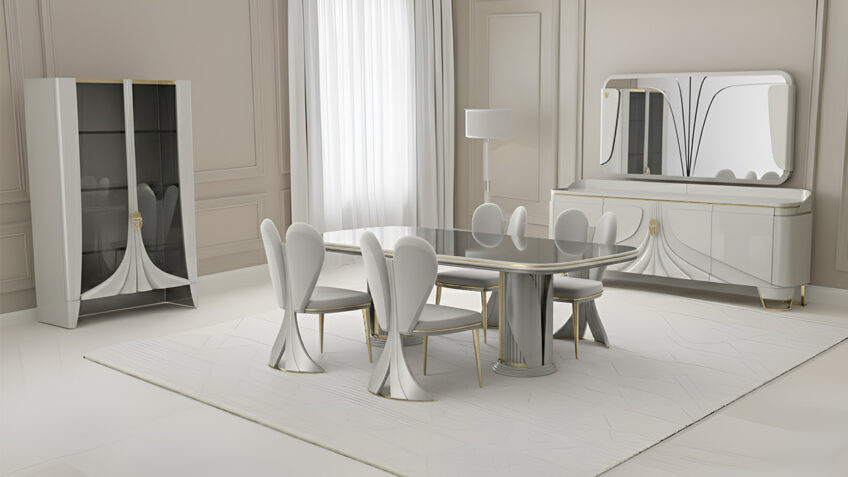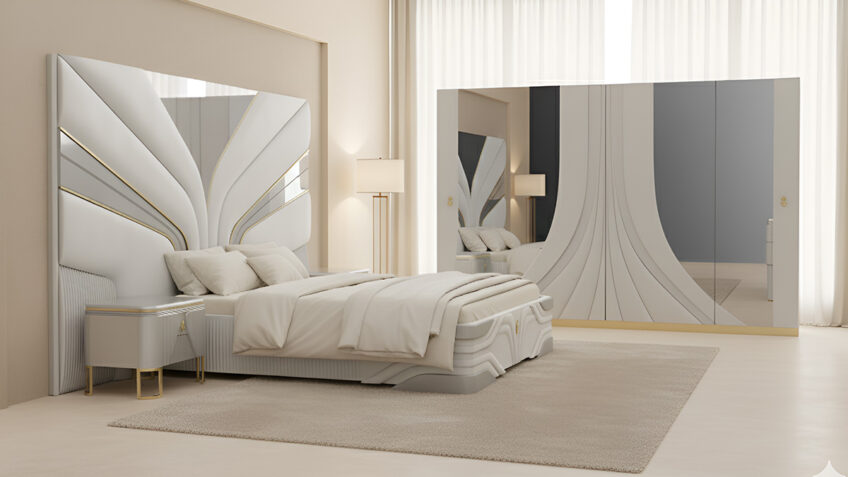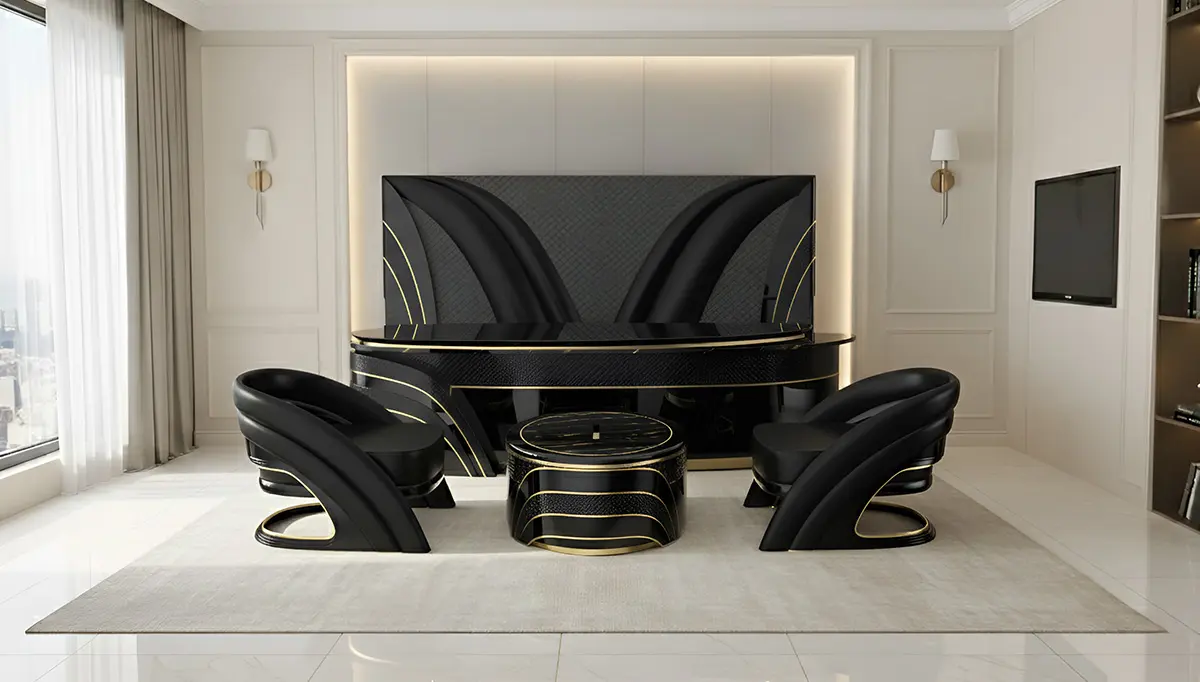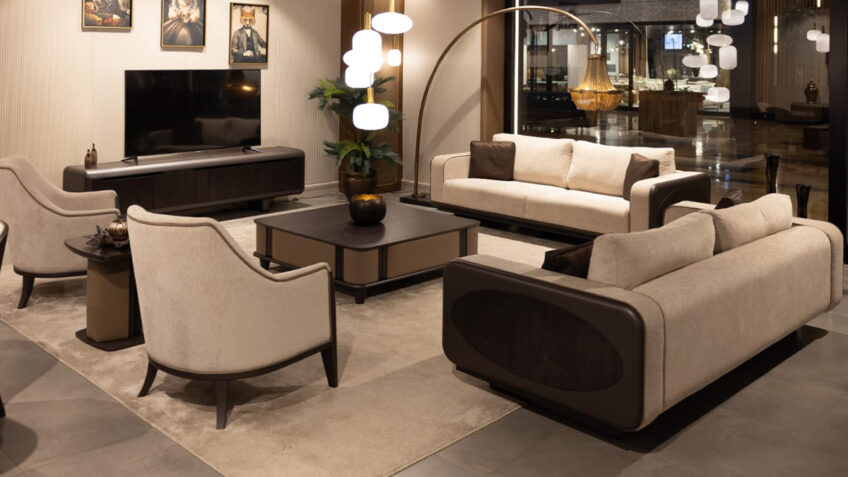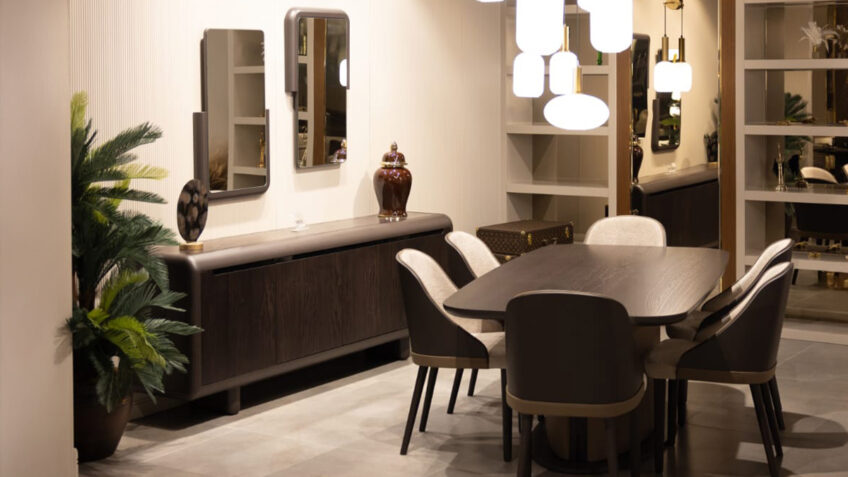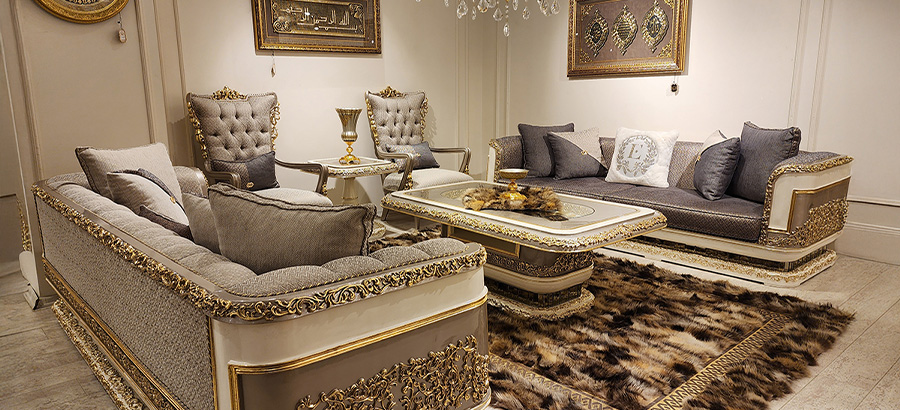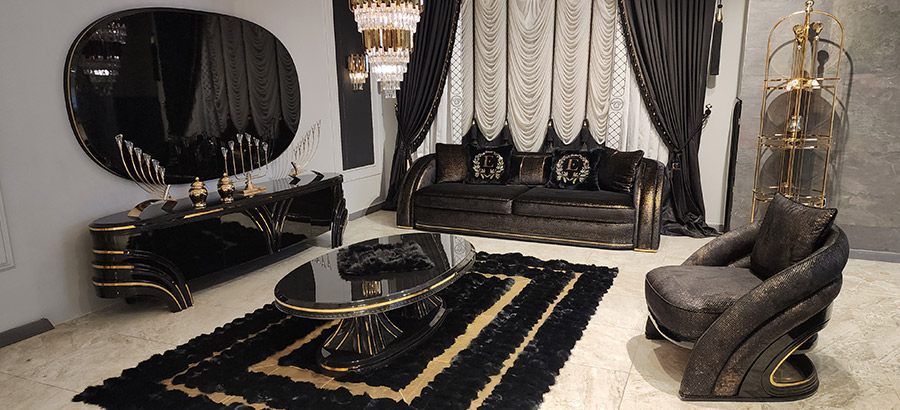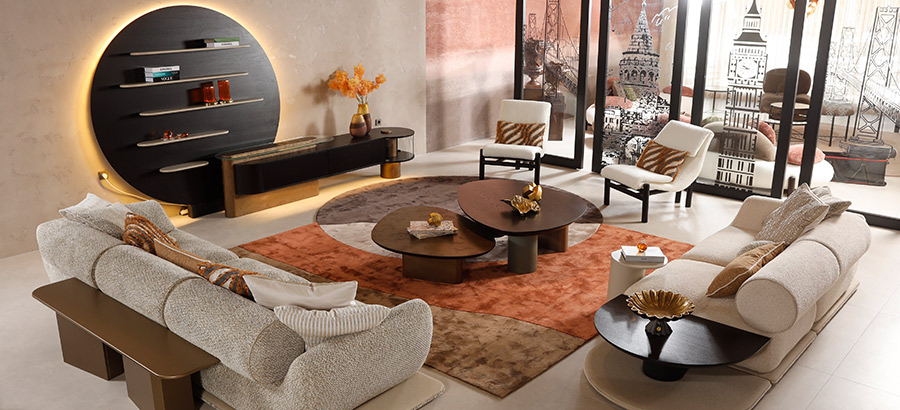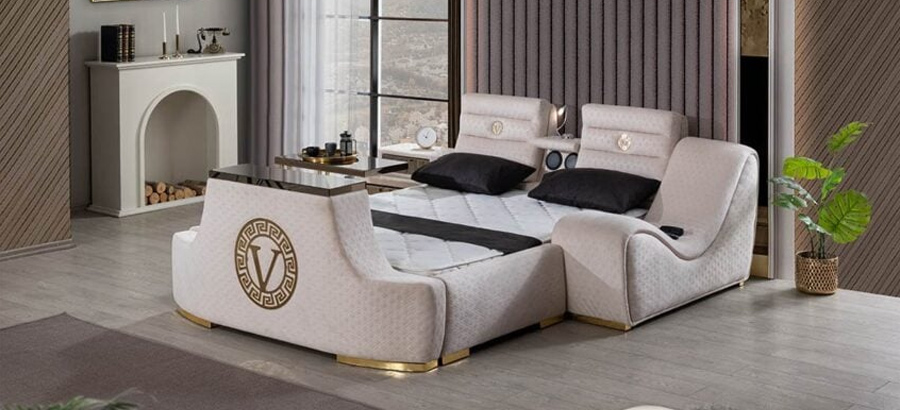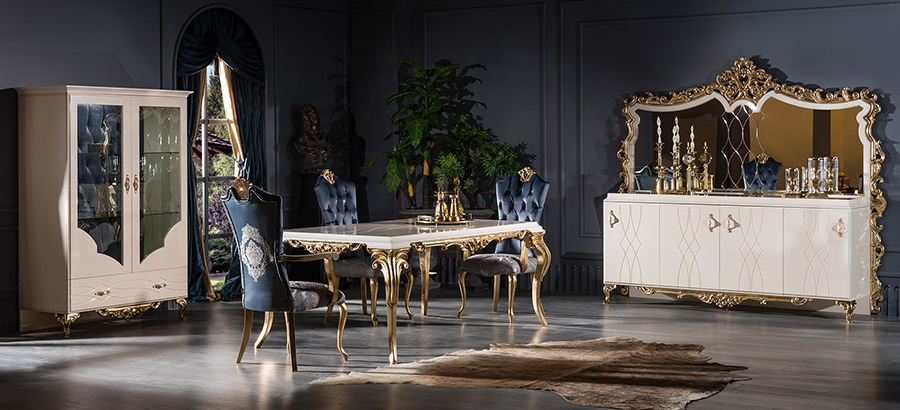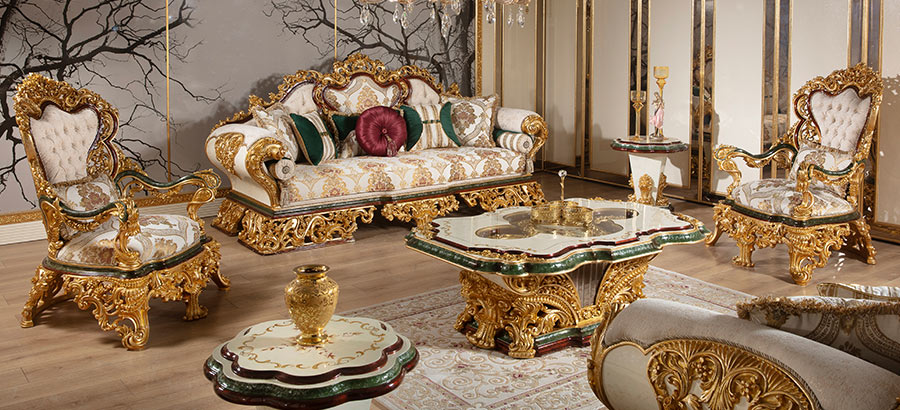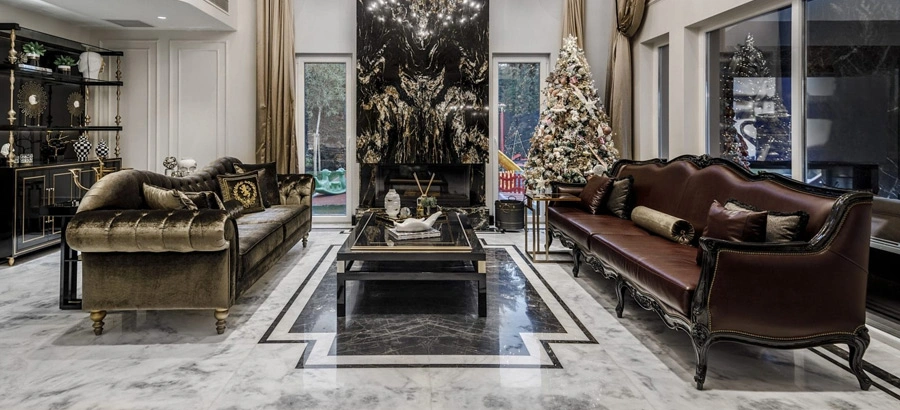Classic furniture is more than just a style it’s a celebration of history, craftsmanship, and elegance. At the heart of many timeless pieces lies a material that has stood the test of time: walnut wood. Renowned for its rich tones, remarkable durability, and workability, walnut has become a favorite among artisans and luxury furniture manufacturers. In this article, we explore the unique characteristics of walnut wood and why it holds such a prestigious place in classic furniture design.
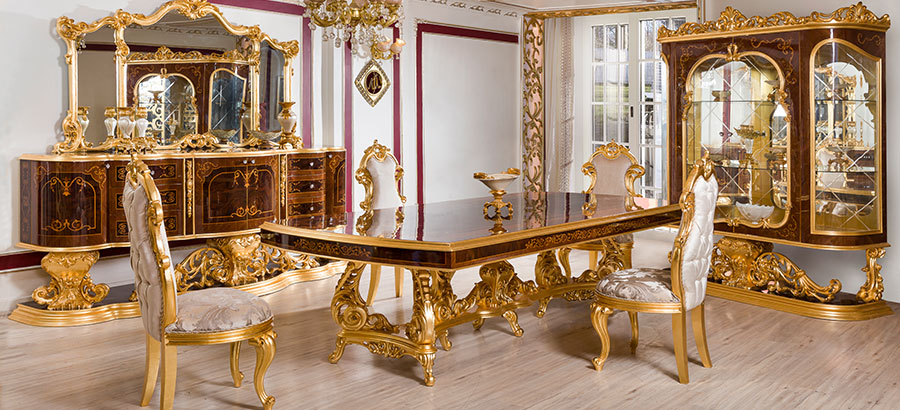
The Unique Characteristics of Walnut Wood
Walnut wood, particularly black walnut, is prized for its aesthetic and structural properties. Its fine grain, deep brown hues, and occasional purplish undertones create a natural luxury that synthetic alternatives can’t match. Walnut is also known for:
- Durability and strength: Walnut is a hardwood, offering exceptional resistance to wear and tear.
- Workability: Craftsmen love walnut for its ability to be carved and detailed easily, making it perfect for intricate classic designs.
- Aging gracefully: Unlike many woods that fade, walnut deepens in color over time, enhancing its charm.
These qualities make walnut an ideal choice for heirloom pieces meant to last generations.
Why Walnut Wood Is Essential in Classic Furniture
Classic furniture is defined by ornate detailing, rich finishes, and a sense of timelessness. Walnut plays a vital role in achieving all of these.
1. Ornate Carvings and Detail Work
The natural structure of walnut allows artisans to create elaborate carvings and curves, which are hallmarks of classical furniture styles such as Baroque, Rococo, and Louis XVI. Whether it’s a cabriole leg or a floral motif, walnut delivers clarity and depth that other woods struggle to achieve.
2. Luxury Aesthetic
The deep, chocolate tones of walnut wood exude luxury. When polished, it radiates a warm glow that complements gold leaf, velvet upholstery, and marble accents materials commonly associated with classical interiors.
3. Timeless Durability
Furniture built from walnut is often passed down from one generation to the next. Its natural hardness protects it from dents and scratches, making it ideal for statement pieces like dressers, dining tables, and bed frames.
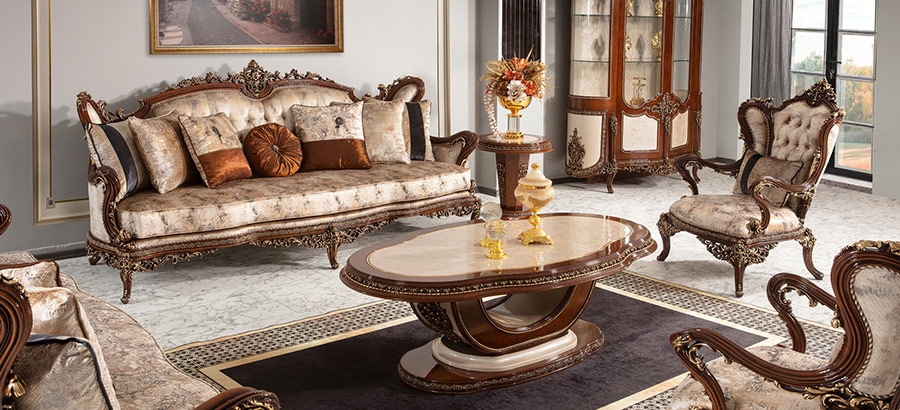
Applications of Walnut Wood in Classic Interiors
Walnut wood finds a wide array of applications in both structural and decorative elements of classic furniture and interior design. Some of the most common include:
- Sofa and armchair frames: Provides sturdy support for upholstered seating.
- Console tables and sideboards: Highlights the beauty of woodgrain with broad, visible surfaces.
- Dining tables and chairs: Offers a luxurious yet functional focal point.
- Cabinetry and wall paneling: Adds a sense of sophistication to libraries, offices, and formal dining rooms.
In high-end villas, hotels, and restoration projects, walnut is often the material of choice when aiming for elegance and authenticity.
Walnut vs. Other Woods in Classic Furniture
While oak, cherry, and mahogany are also used in classic furniture, walnut holds a unique position due to its balance of strength and beauty.
As seen in the table, walnut is often preferred for high-end applications where both artistry and longevity are crucial.
Sustainability and Modern Walnut Sourcing
As awareness of sustainability grows, walnut wood remains a responsible choice when sourced properly. Many furniture brands and artisans now opt for FSC-certified walnut, ensuring that the forests are managed ethically and responsibly.
Additionally, reclaimed walnut has gained popularity, offering the same quality and beauty with a reduced environmental footprint. Using reclaimed materials also enhances the character of classic pieces by adding a story and history to the design.
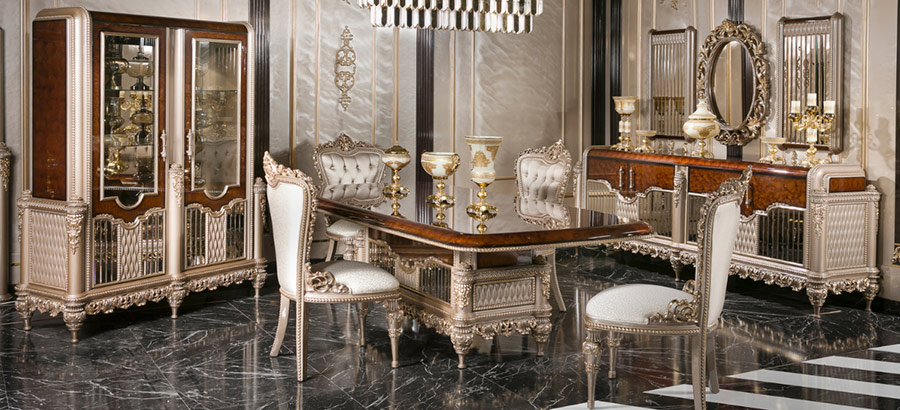
Caring for Walnut Furniture
To ensure that walnut wood retains its beauty for years to come, proper care is essential:
- Avoid direct sunlight: It may accelerate the darkening process unevenly.
- Use natural polishes: Beeswax or oil-based products enhance the wood’s natural finish.
- Clean with a soft cloth: Avoid chemical cleaners that can strip the wood’s oils.
Routine maintenance not only preserves the aesthetic of the piece but also contributes to its lasting structural integrity.
Conclusion: The Timeless Appeal of Walnut in Classic Design
Walnut wood continues to captivate designers, artisans, and homeowners with its unmatched blend of elegance and durability. In classic furniture, where every curve, finish, and detail matters, walnut stands as a symbol of tradition and refinement. Whether you are furnishing a grand villa, restoring an antique collection, or investing in timeless décor, walnut furniture offers a legacy of beauty that endures.
